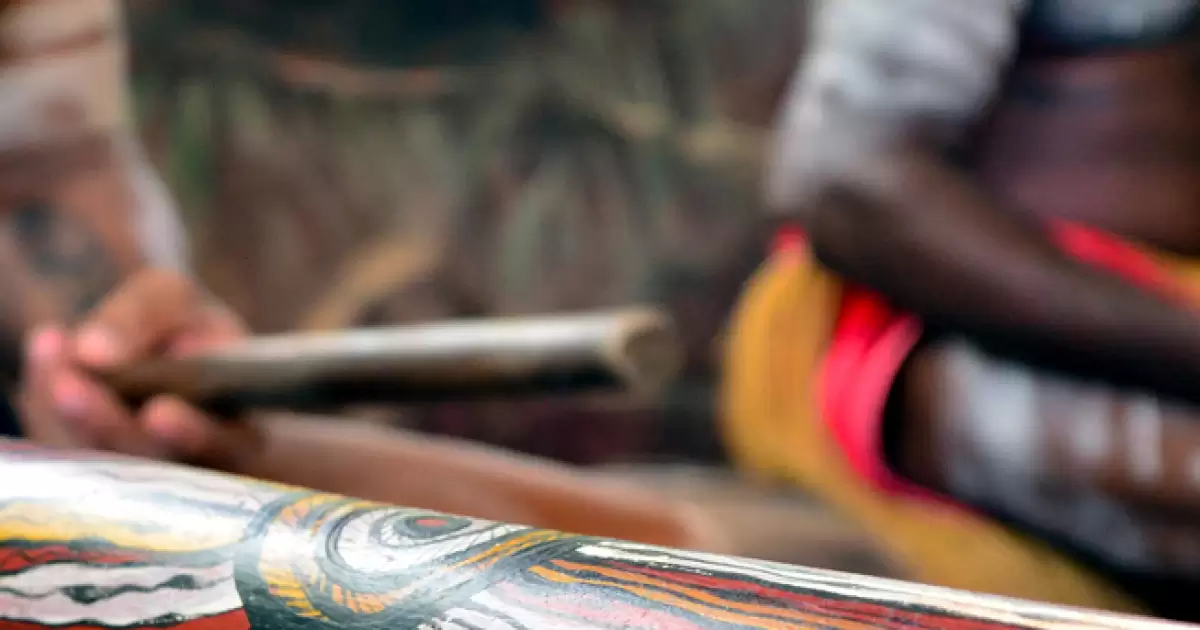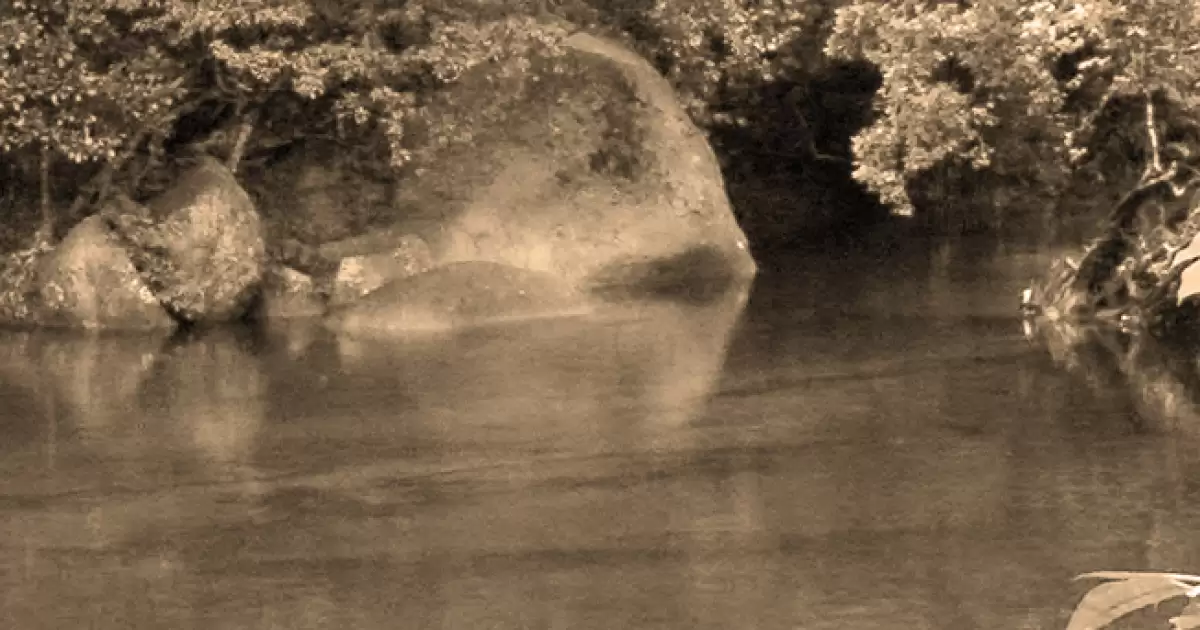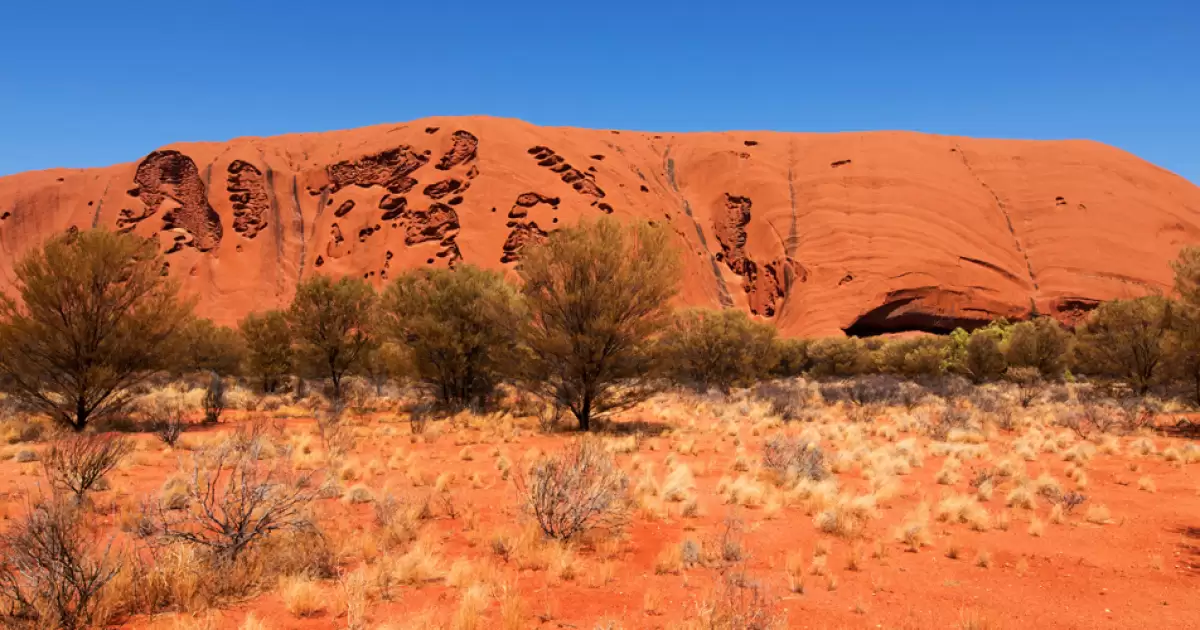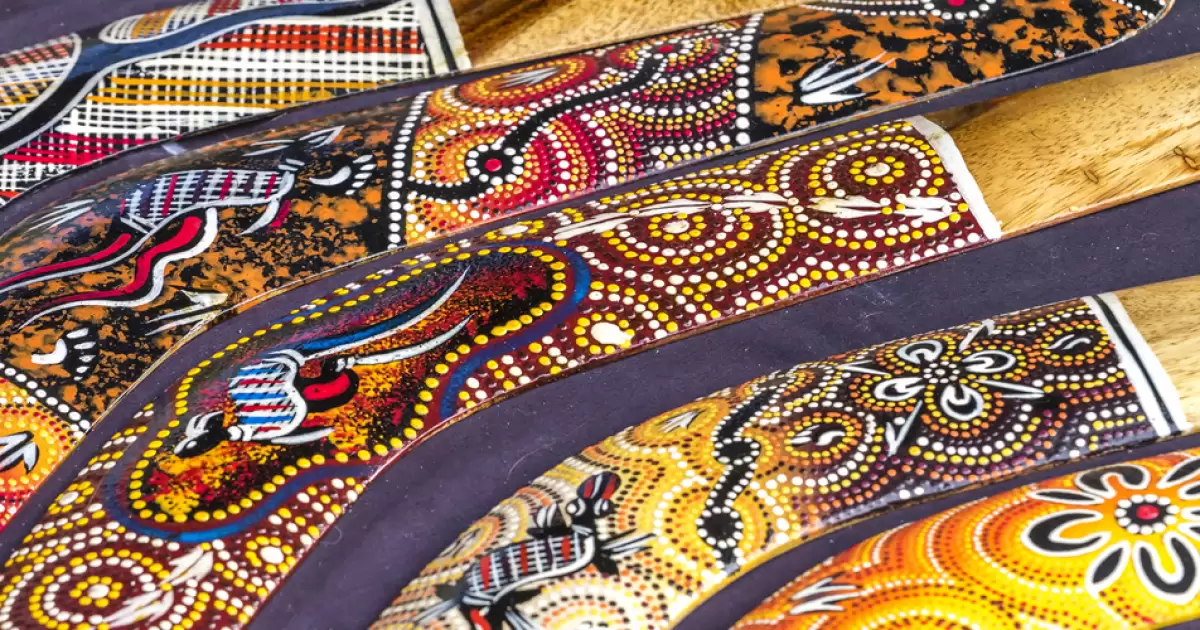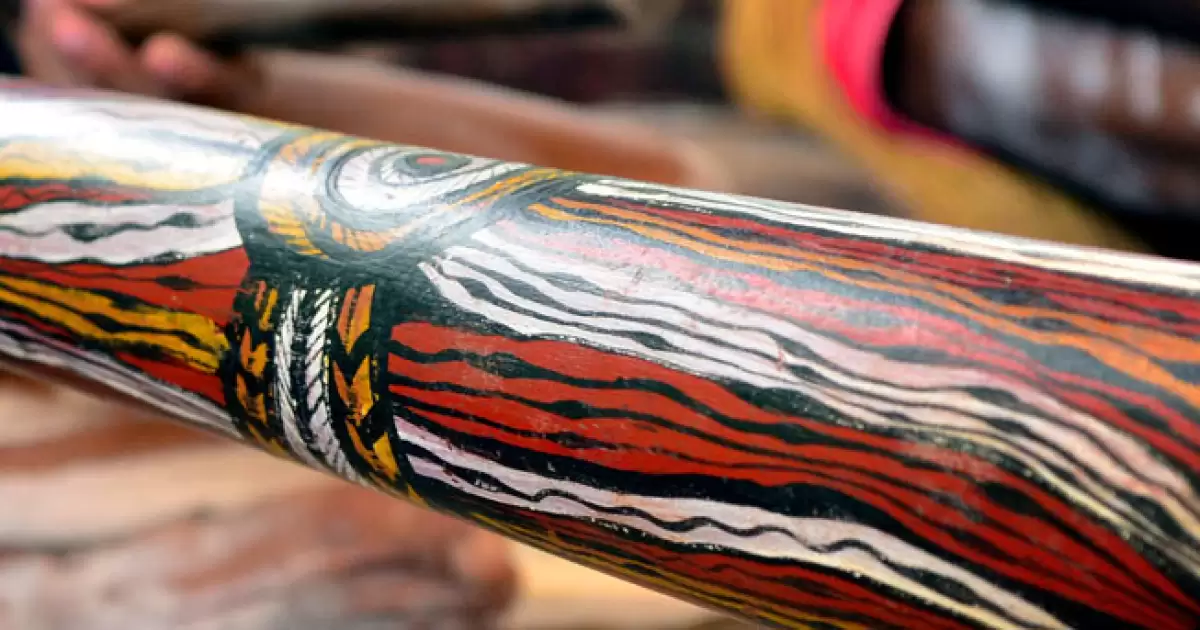FIRST NATION. PEOPLES
The Indigenous cultures of Australia are the oldest living culture in the World. The First Nations People's culture has been handed down by countless generations through their Dreamtime stories, which still exist today


The Indigenous history of Australia since 1788, when European settlers first arrived on the continent is a story of resilience and perseverance in the face of enormous challenge and adversity.
The history of Indigenous Australians has been one of strife, struggle and survival. In 1788, the British invaded their land with little regard for Aboriginal rights or customs – they imposed their own legal systems and dispossessed Aboriginal people from their traditional lands. This invasion led to significant loss of culture, language and land for many Indigenous communities in Australia.
Despite these significant losses, Indigenous Australians have managed to retain much of their ancient knowledge and culture. They still practice hunting, fishing and gathering methods that have been passed down through generations - a testament to their strength and ingenuity as a people in adapting to change.
Australia's First Nation are some of the best known and least understood people in the world. Their culture, art and stories are in popular demand all over the world. Aboriginal artwork and music has been incorporated in most things Australian, and has become a recognisable feature of Australia. Indigenous Australians have a rich history and culture that is worth exploring.


First Nation Culture
Indigenous culture is deeply embedded in Australian life today – from art to music to dance styles; from ancient stories told around campfires to traditional healing practices; from respect for the land and its animals to ceremonies performed annually at sacred sites across the country.
Cultural Impact
The cultural impact of over 200 years of colonialism remains evident in many ways – both positive and negative – throughout modern-day Australia. It is important that we continue to learn about our shared past as we move forward together into an inclusive future.
Culture is not something you acquire; it’s something you learn by living it…
You only understand it if you’re exposed to it over long periods of time
- David Attenborough
Respect & Regulations
When touring the more remote regions where there are large areas of Aboriginal land, it is a good idea to respect the different regulations that are associated with each.
- Permits are required to travel on Aboriginal Lands in the Goldfields region.
- The Great Central Road, between Laverton and Uluru is patrolled and fines result if visitors have not obtained a permit.
- Permit application forms are available from any Department of Indigenous Affairs office or on the internet at www.dia.wa.gov.au/alt. Allow 2-3 weeks in advance for applications to be processed. It is the right of the Traditional Owners to refuse an entry permit.
- When travelling through Aboriginal Lands it is prohibited to divert off the main road.
- Unleaded petrol can not be purchased within the Shire of Ngaanyatjarraku. Only Avgas is available at the three fuel stops within the Shire - Warburton, Docker River and Giles. Unleaded fuel can be purchased at Yulara to the west and Tjukayirla to the east.
- It is prohibited to take jerry cans of unleaded fuel into the Shire.



